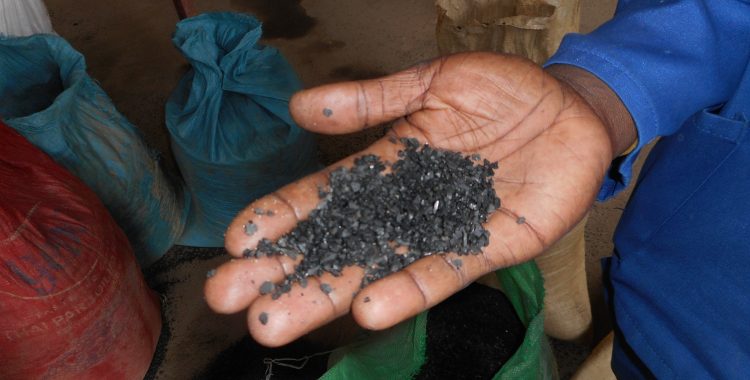New digital technologies are being developed and incorporated into all aspects of society and the economy, including the mining and minerals sector, at a dizzying rate. This phenomenon has been dubbed the fourth – or ‘digital’ - industrial revolution. The COVID-19 pandemic has only accelerated this trend, which holds the potential for significant transformational development benefits, as our MD Holger Grundel sets out in his synthesis note on Digitalisation and private sector development for the Donor Committee on Enterprise Development. Artificial intelligence, big data, advanced robotics and the internet of things are touted as, amongst other things: enabling efficiency gains across many sectors, generating new jobs, expanding access to essential services such as electricity and telecommunications, and reducing waste and pollution. Conversely, there are real concerns that the benefits of digitalisation will contribute to a worsening of inequality within and between countries as skills development and the availability of physical infrastructure are important variables in determining access to its benefits.
What does this mean for the mining and minerals sector?
The mining and minerals sector – and more specifically responsible sourcing, responsible mining and sustainability initiatives within it – is not immune to generating such contrasting outcomes. Automation of risk reporting in supply chains can for example improve supply chain transparency whilst simultaneously institutionalizing exclusion of well-intentioned, legitimate producers from responsible markets as deeply complex economic and social issues become reducible to algorithms. Similarly, remote sensing tools such as the use of drone technology and satellite data have the potential – especially when enhanced by machine learning – to revolutionise monitoring of artisanal and small-scale mining activity whilst concurrently giving rise to human rights and privacy concerns if responsible usage is not sufficiently regulated.
In recognition of the immense opportunities and challenges – as well as the inevitability and speed – of the digital revolution, Levin Sources has identified Digital4Development as a key strategic priority over the coming year (and beyond). This includes
- a commitment to exploring innovative uses of technology to promote improved social and environmental outcomes in the mining and minerals sector and,
- a pledge to critically reflect on risks associated with the roll-out of digital technologies within our sector and to publicly share our learnings with policy makers, practitioners, industry and civil society actors.
In 2020, we have already been investing in digital offerings that we believe have huge potential to contribute to improved performance in the sector. We use the remainder of the blog to introduce the ideas behind these innovations including how we are actively building in safeguards against risks and maximizing their potential to contribute to improved development outcomes.
ASMSpotter:
At the beginning of 2020 Levin Sources developed a partnership with dida, a machine learning company, specializing in remote sensing and computer vision. By the end of the year, we had been awarded the Conservation Xlabs Microsoft AI for Earth prize, dubbed by Microsoft as “An impressive application of AI”. We are now exploring concrete opportunities to apply the solution for a diverse portfolio of clients from large-scale mines to governments and donor programmes. So, what is it?
ASMSpotter helps public authorities and industry (large-scale mines, buyers, etc.) to effectively and continuously identify, monitor and assess the direct, indirect and cumulative impacts of artisanal and small-scale gold mining (ASGM) over large geographic regions by automating the detection of ASGM sites through the application of Machine Learning and Computer Vision algorithms to satellite imagery.
Despite the huge potential - to reduce costs, improve monitoring efforts and better understand and evaluate the evolution of the ASM sector to inform appropriate policy and management strategies – we are acutely aware of the risks of improper usage. This is why Levin Sources is exploring safeguards, including through end-user license agreements, best practice usage guides / trainings to complement the technical solution, and ongoing and affordable consultancy to accompany the integration of the solution into each client’s existing operations.
In addition to specific product investments, COVID-19 has compelled us to find effective ways to permit a greater proportion of our in-country work to be done by local associates and partners. We have compiled years of workshop and training materials into tailored capacity-building materials for our teams and clients, with content ranging from ASM 101s, to introductions to responsible sourcing to health and safety in the mine, and many more. We have further extended our remote research capabilities – using digital data collection methods, new community outreach and stakeholder onboarding approaches, and non-traditional research platforms (WhatsApp etc.) - practices we are certain will remain valuable to our clients long after the acute impacts of pandemic wind down.
As we look ahead to 2021, we have a vision to consolidate these innovations into our service delivery to generate continued value for our clients and society. We’ll be sure to post further updates on what this means for you, here, in the “Technical Innovations” section of our “Insights” page.



